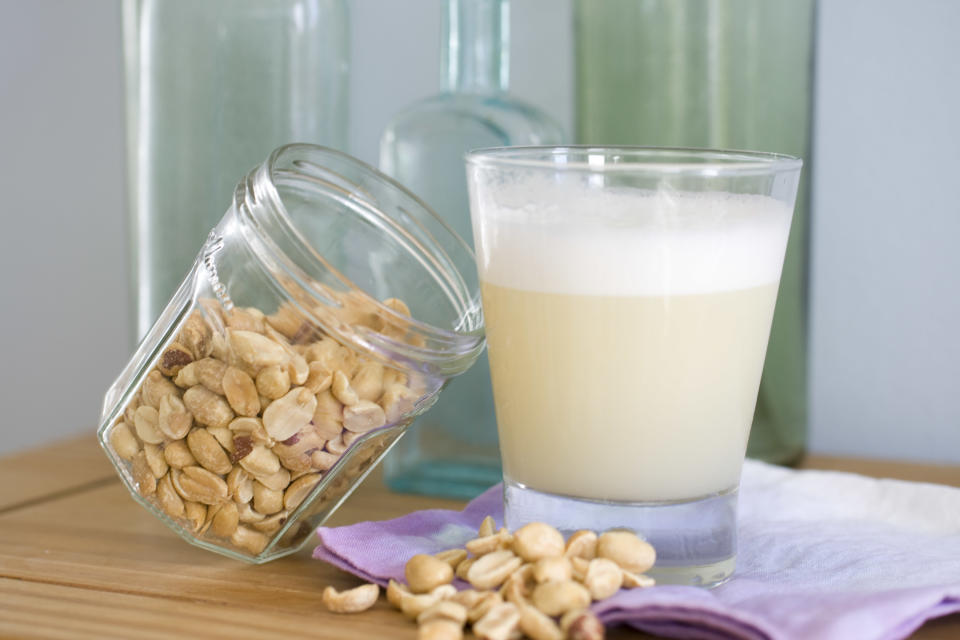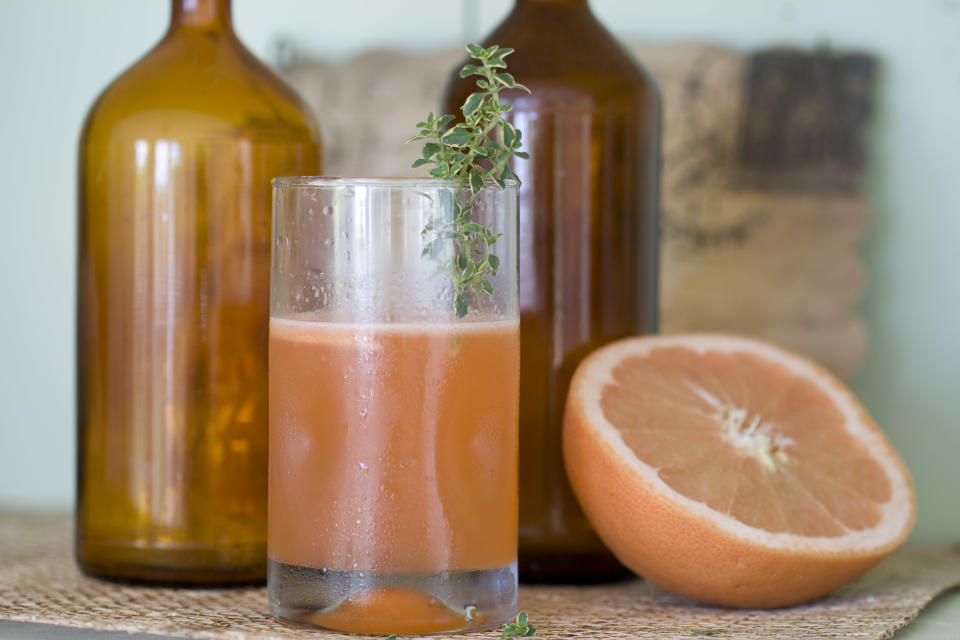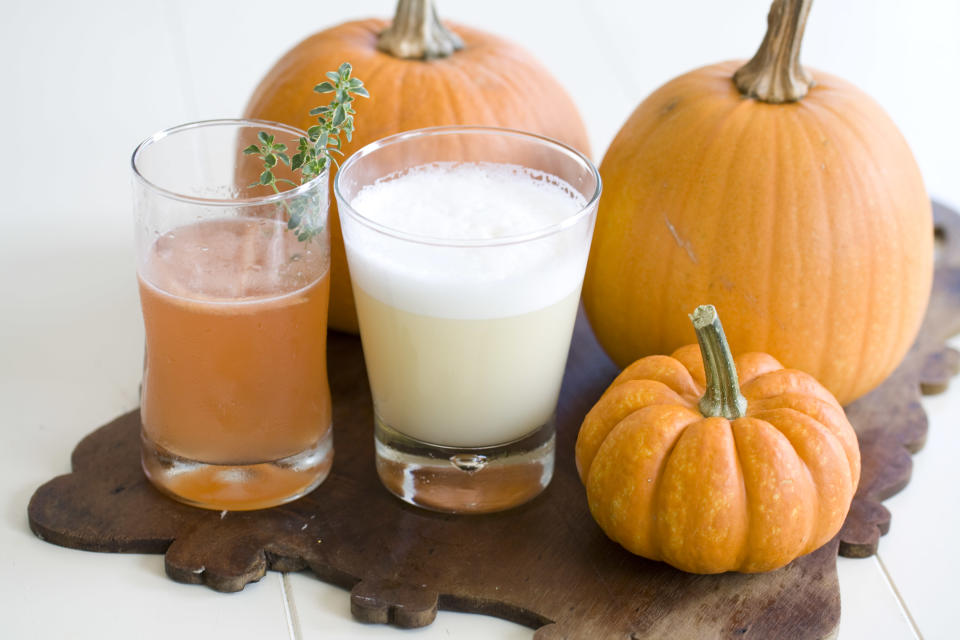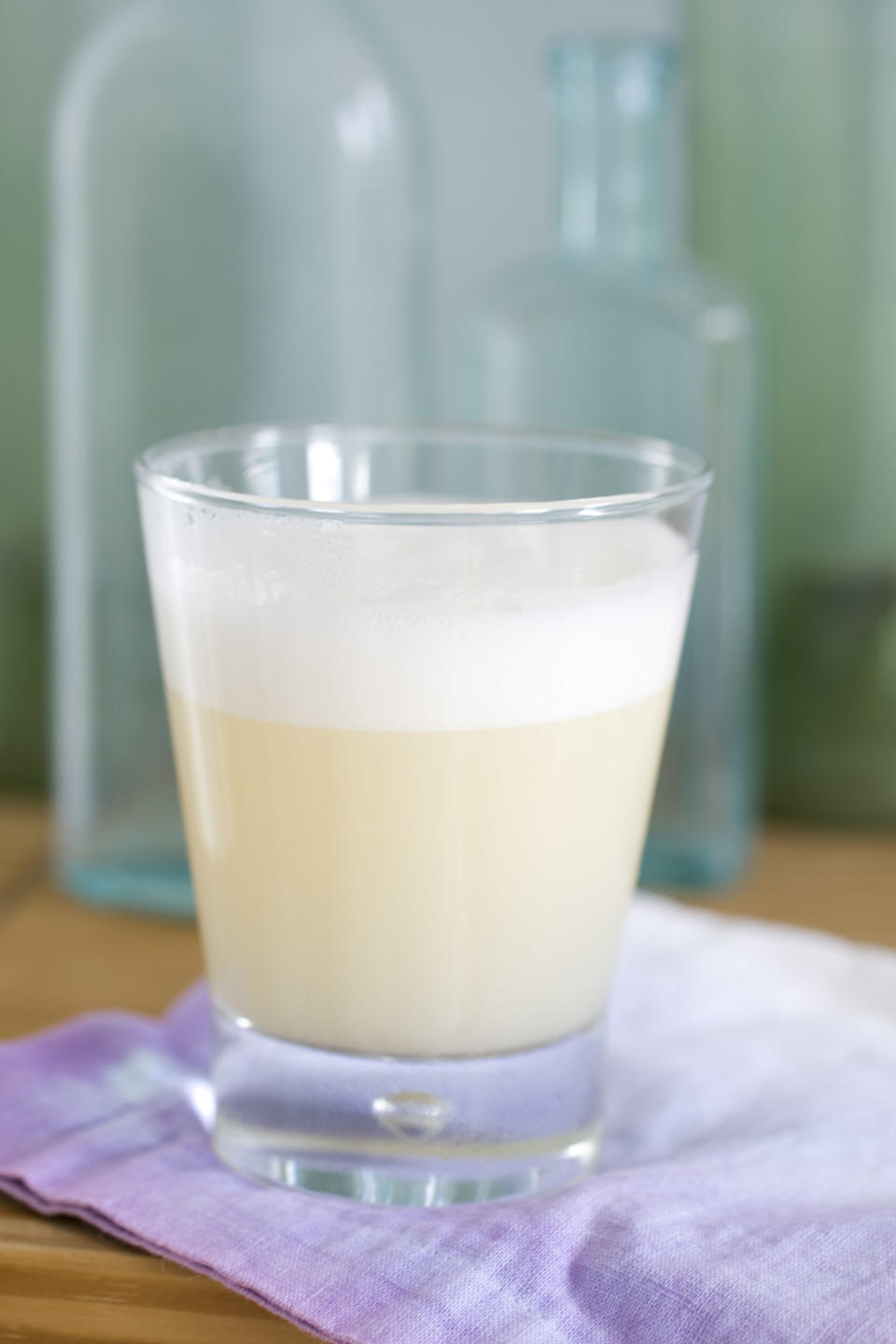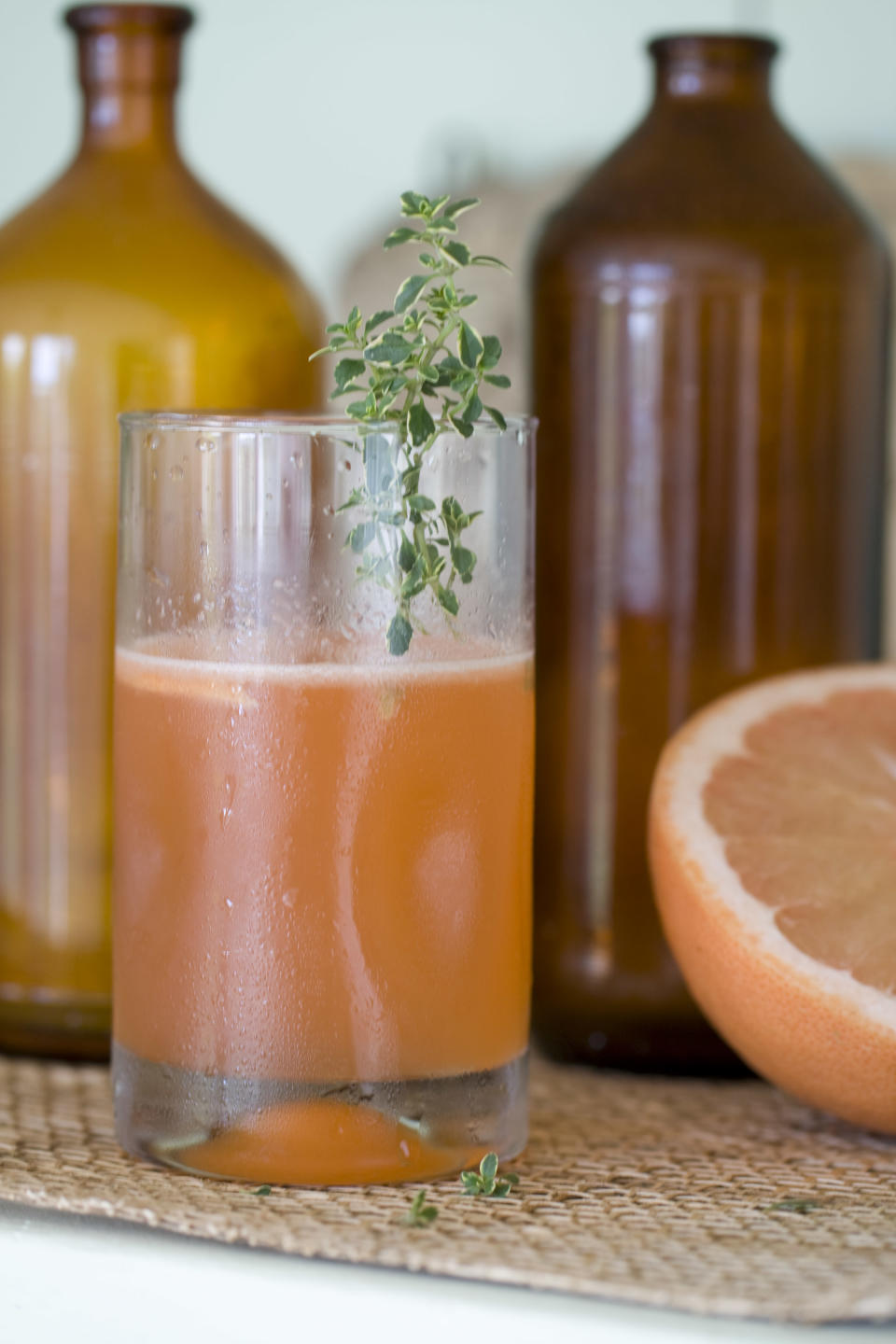Pisco: A liquor hot enough to have ambassadors?
The Peruvian government believes it has a diplomatic solution to a spirited problem.
The problem? Not enough Americans are familiar with pisco, a Peruvian liquor that has been riding a popular wave of trendy South American cuisines to become an up-and-comer on the cocktail scene. The solution? Appoint 10 U.S. bartenders to serve as official pisco ambassadors for the grape brandy.
"Crazy, right?" says Todd Thrasher, of Restaurant Eve, PX Bar and TNT Bar in Alexandria, Va., and one of the 10 pisco plenipotentiaries. "When I started my job, my parents were like, 'What? You're going to be a bartender?' Then all of a sudden you're a Peruvian pisco ambassador."
Admittedly, a total promotional stunt. But perhaps a clever one. In the spirit world, it isn't easy being the new kid in town. And it's not enough to be cool. To catch on, you also have to be tasted. And what better way to make that happen than to teach the folks who shake your drink?
Once obscure — and still so in much of the country — pisco is showing up in a growing number of bars and liquor stores. It is made in Peru and Chile, and both countries claim pisco as their national spirit, spurring intense debate on who had it first.
Either way, its clean taste and faintly fruity aroma makes pisco an easy partner for the sorts of citrusy cocktails Americans love. Pisco is a grape spirit that has not been aged in wood, leaving it clear.
The new world of pisco goes well beyond the classic pisco sour and pisco punch cocktails. At the PISCO Latin Lounge in San Francisco, which opened five years ago and is believed to be the first modern U.S. bar devoted to pisco, guests get an authentic version of pisco punch, which was invented in 1880s San Francisco. But folks also can try flights of pisco intended to demonstrate the nuances the spirit can have depending on the grapes used to make it.
PISCO owner James Schenk has watched as pisco has gone from little-known to a spirit that most serious bars carry at least one brand of, and maybe two or three. Meanwhile, pisco has been featured at major events, including a headliner event at last year's South Beach Wine & Food Festival.
"The great thing about it is that five years ago, no one had pisco," says Schenk. "Now, there's an insurgence of people beginning to really introduce and explain to all these bars and restaurants — you can have one, you can have two or three."
In Peru, the government has imposed several strict production standards, including a prohibition on adding anything to the distilled spirit, not even water, as well as mandating that the spirit rest for three months in a neutral container — never a wooden barrel.
Officials also are working on promoting Peruvian pisco — after all, there is a rivalry going on — hence the bartender "ambassadors." Those U.S. mixologists got a trip to Peru to learn more about pisco and come up with cocktail recipes.
Melanie Asher, master distiller and blender for La Diablada, says this year seemed the perfect time to partner with PromPeru, the government's promotional arm. That's because it happens to be the 400th anniversary of the first historical evidence of pisco production in Peru — a 1613 will bequeathing quantities of the spirit to the heirs of a man called Pedro Emmanuel.
Asher, who was born in Peru but grew up in the United States, is CEO of Macchu Pisco, producers of Macchu Pisco and the limited-edition La Diablada brands. She founded the company in 2004 with her family, including her 98-year-old grandmother who pitches in with advice on the La Diablada blend.
While pisco punch hails from San Francisco, the classic pisco sour also has an American tie-in. It was created by Victor Morris, an American bartender who worked in Peru in the early 20th century.
Pisco is, says Asher, a "perfect union of an American-Peruvian partnership."
___
JUDGMENT DAY
Start to finish: 5 minutes
Servings: 1
Absinthe
1 1/2 ounces pisco
1/2 ounce elderflower liqueur
1/2 ounce lime juice
1/2 ounce lemon juice
1/2 ounce simple syrup
1 egg white
Ice
Pour a splash of absinthe into a coupe or tumbler, then roll around to coat the glass. Pour out the absinthe, then place the glass in the freezer to chill.
Combine the remaining ingredients in a cocktail shaker. Cover and shake vigorously. Add ice and shake again, then strain into the chilled glass.
(Recipe adapted from Jim Meehan's "The PDT Cocktail Book," Sterling Epicure, 2011)
___
CUZCO
Start to finish: 5 minutes
Servings: 1
Kirsch
Ice
2 ounces pisco
3/4 ounce Aperol
3/4 ounce simple syrup
1/2 ounce lemon juice
1/2 ounce grapefruit juice
Grapefruit twist
Pour a splash of kirsch into a Collins glass, then roll around to coat the glass. Pour out the kirsch, then place the glass in the freezer to chill.
In an ice-filled cocktail shaker, combine the remaining ingredients. Shake, then strain into the chilled glass. Garnish with the grapefruit twist.
(Recipe adapted from Jim Meehan's "The PDT Cocktail Book," Sterling Epicure, 2011)
_____
Michelle Locke tweets at https://twitter.com/Vinecdote

